Responsibility is an increasingly important precondition for the success of society as a whole and for its different organisations. The topic is now being examined more comprehensively than ever before. One indication of this is the fact that the Sustainable Development Goals (SDGs) have become an important framework for work on responsibility. Responsibility and sustainability are indeed linked in many ways.
Reporting is an important part of the work on responsibility and can be carried out according to a variety of operating models and standards. The prevailing framework for Sitra’s sustainability reporting is the 2030 Agenda, the global action plan adopted by the UN’s member states.
Sustainability surveys are about choices
Sustainability surveys can be implemented in a number of ways depending on the objectives and intended use of the survey and the available time, skills and resources. The surveys and assessments of activities and objectives carried out for the purpose of sustainability reporting also form a useful basis for other work aimed at reaching sustainability.
At the planning stage, a number of choices have to be made about what the aim of the survey is (why?), what kinds of issues the survey will be targeted at in the organisation and how the SDGs (Sustainable Development Goals) set out in the 2030 Agenda will be addressed (what?), and how the survey will be implemented (how?). We identified a total of 36 different choices that need to be made.
Sustainability survey of Sitra’s activities and objectives
Between 2018 and 2019, we carried out a sustainability survey that examined Sitra’s objectives within the SDG framework. In the survey, the following choices were among those we made.
Why? As a public organisation and a societal actor building Finland’s future success, Sitra is expected to act in an open, responsible and sustainable manner. We want to improve our capacity to participate in the societal discussion on sustainability and strengthen our impact on issues related to sustainable development.
What? We examined the link between the SDGs and Sitra’s objectives and activities on three levels: societal vision, project activities and internal practices. The starting point was the idea that sustainable development is best realised when these three levels support each other. In the survey, we focused on Sitra’s objectives instead of impacts. This decision was justified because the survey was carried out for the first time and a separate assessment on the impact of Sitra’s operations was published in 2019.
How? We launched the work as a staff initiative and had the management’s support for it. We implemented the work in a self-directed manner and in broad co-operation with the members of our work community.
When we compared the focus areas of Sitra’s societal vision (“The next era of well-being”) and the focus areas of our project activities, we found that the focus areas of the projects as a whole corresponded effectively to the focus areas of the vision, meaning that the activities were strategically guided.
The problem areas and strengths identified in the evaluations of Finland’s sustainable development policy were visible in Sitra’s objectives in two ways. On the one hand, Sitra has addressed the main problem areas of sustainable development in Finland. They include climate actions (SDG #13), decent work and economic growth (#8) and reducing inequality (#10). On the other hand, Sitra has invested in reforming Finland’s strengths, such as quality education (#4) and good administration (ref. SDG #16 for peace, justice and strong institutions).
Before this survey, Sitra’s internal practices promoting sustainable development had not been systematically gathered in one place or described to a sufficient extent. As a result of the survey, many members of the Sitra work community became aware of several already existing practices that promoted sustainable development. At the same time, the survey provided an opportunity to generate ideas for new ways of promoting sustainable development in the daily work.
Lessons learned and observations
The more in depth we worked on our survey, the more convinced we became that the approaches governing the surveys should be chosen consciously and according to the situation.
The best uses for the surveys are identified together. No ambitious objectives for communication or operational development were set for our survey when the work began. The aim was rather to work together with the members of our work community to identify the potential benefits of the sustainability survey and the purposes for which the survey could be used.
The SDGs should be interpreted flexibly. Systematic promotion and application of the SDGs is most successful when the goals are interpreted flexibly and through a dialogue, considering the different levels and perspectives in the organisation.
Broad internal co-operation commits staff to working in a way that promotes sustainable development. The promotion of sustainable development is part of everyone’s work one way or another and often reinforces the perception of work as meaningful.
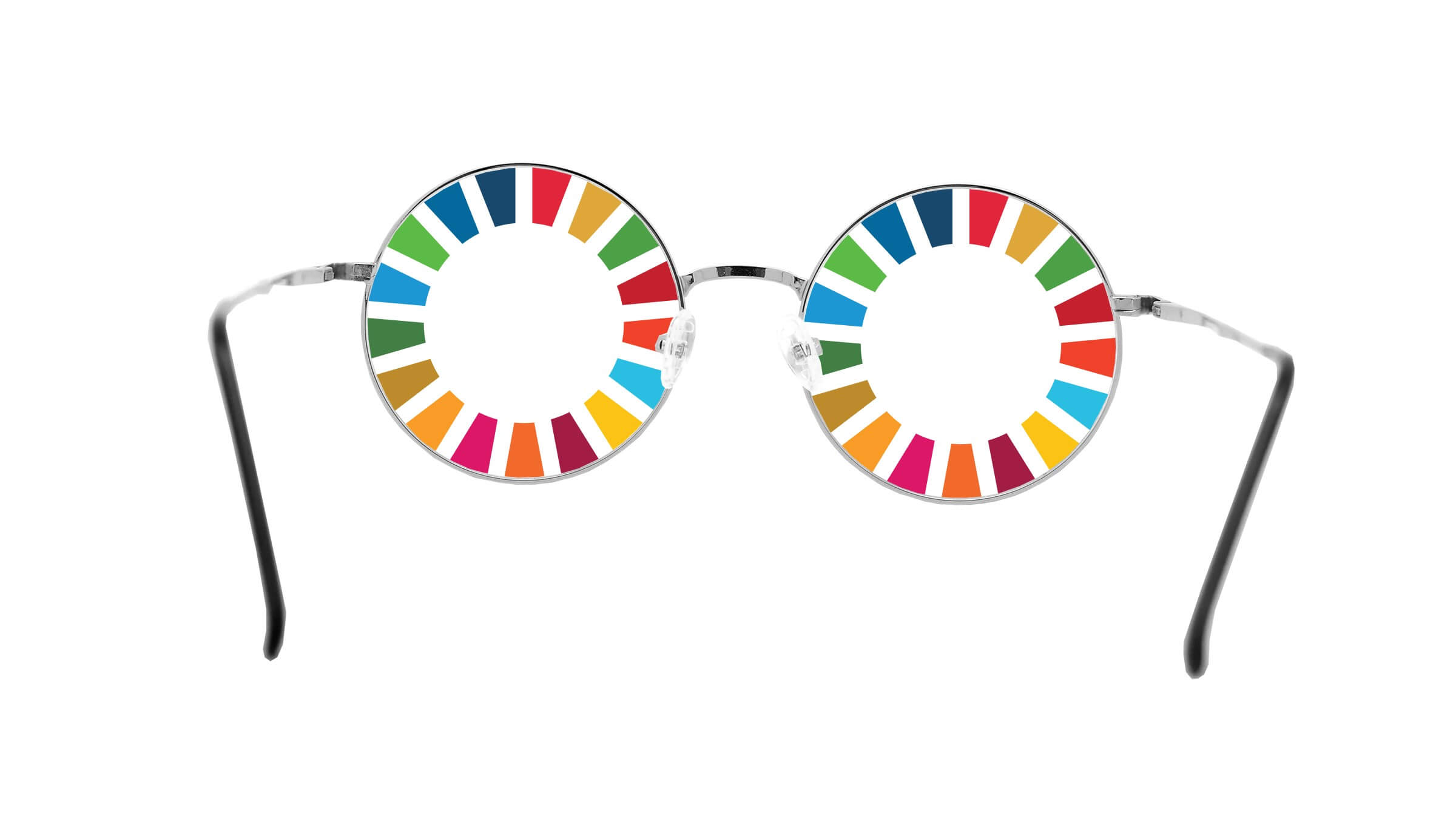
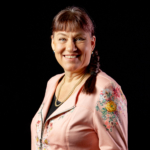

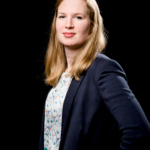
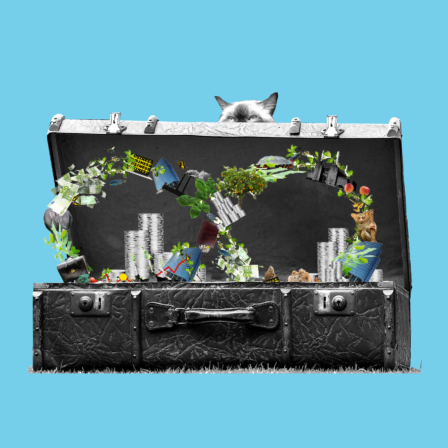
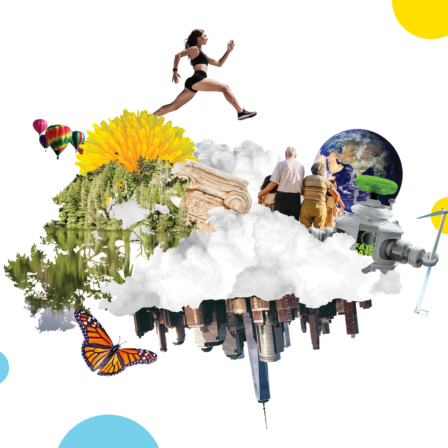
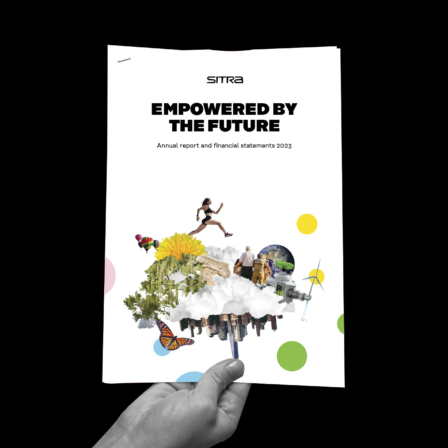






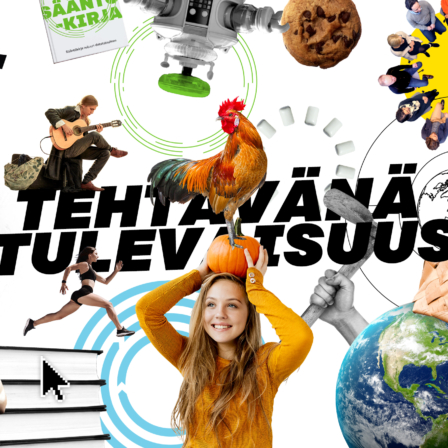



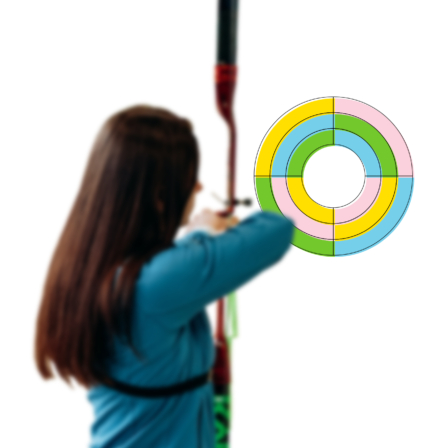


Recommended
Have some more.